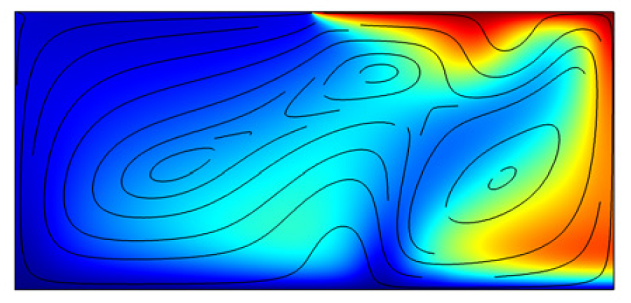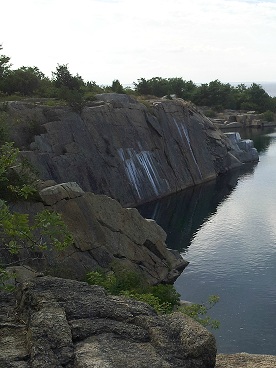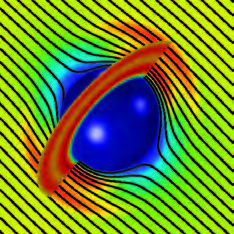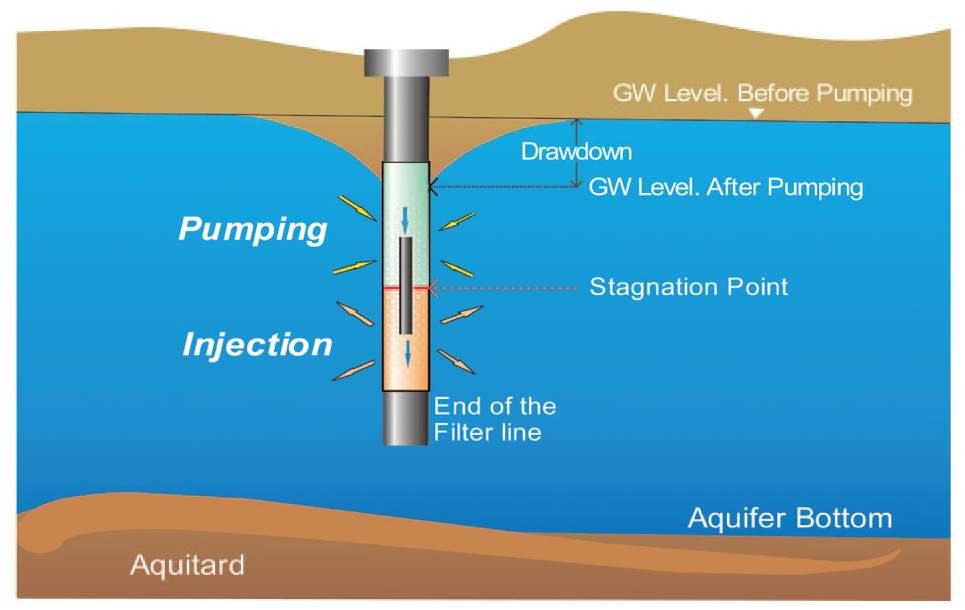Porous Media Flow Blog Posts

Porous Media Flow Simulations for the Mining Industry with AMPHOS 21
The mining industry pre-dates sophisticated simulation software and the computers it runs on by thousands of years. As an essential modern industry, however, the technical and analytical capabilities offered by AMPHOS 21, a COMSOL Certified Consultant, are critical for both understanding and optimizing mine operations. Recently, we sponsored a webinar together with NASA Tech Briefs on “Mining and Hydrogeology: Porous Media Flow Simulations with COMSOL”, featuring environmental consultants Jorge Molinero and Elena Abarca from AMPHOS 21. Here are some of […]

Simulating Pesticide Runoff, the Effects of Aldicarb
When pesticides are used in crops to control pests, their effects on the environment continue even after they have served their purpose. Pesticides can leach into the soil and water sources that both humans and animals depend on, spreading harmful chemicals to the surrounding ecosystem. Over time, their active ingredients are detoxified through different reactions that occur after their release, eventually degrading them into harmless products. Understanding the pesticide runoff patterns and mobility of various pesticides before and after they […]

Density-Driven Fluid Flow in Porous Media
There are many different forces that can induce flow in fluids, such as kinetic energy, pressure gradients, concentration gradients, and many more. In natural systems, one effect that can initiate fluid flow in a still fluid is a change in density. This density change will result in a change in the fluid’s buoyancy, thus inciting flow as the denser fluid sinks and the less dense, buoyant, fluid rises. You’re probably most familiar with these changes in density occurring due to […]

Discrete Fracture in Rocks
Have you ever noticed how water can flow through rocks and leave a trace of its passage by covering the surface with a patina, like white stripes? The whole process is quite complex but can roughly be explained by breaking it down into two coupled effects: gravity and chemical reactions. Gravity causes the water to infiltrate through discrete fractures (hard rocks) or pores (sedimentary rocks), until it charges the groundwater supply below to a point where excess water will surface […]

Metamaterials Make Physics Seem Like Magic
Metamaterials are a new and emerging technology with vast potential to reshape our views on what is and isn’t possible in this physical world of ours. Unlocking the mysteries and overcoming the obstacles associated with metamaterials would lead to a host of technological advances once thought impossible by even the most imaginative of individuals. From making computer chips smaller and faster than the most advanced current ones, to protecting structures from earthquakes, to developing imaging technology that doesn’t harm tissue […]

Oil Companies Rely Heavily on Engineers
It’s no secret that there’s a lot of guesswork involved in oil production. Oil companies make “Big Money” decisions based on estimates – estimates with huge margins of error. What’s more, there is an incredible amount of risk involved, but with the potential for a large pay-off if all goes according to plan. The plan is based on “best guesses” and less than perfect data. Still, there are many big players in the oil industry that are doing very well […]

Lowering Water Levels by not Taking Away the Water
Düsensauginfiltration (DSI) is a novel technique for lowering water levels at mining and construction sites while not actually having to transport the water away from these sites. This came to my attention at the latest COMSOL Conference in Stuttgart. There, Ph.D. student Yulan Jin and Assistant Professor Dr. Ekkehard Holzbecher from the Georg-August University in Göttingen, Germany was presenting their research into this groundwater lowering technique.
